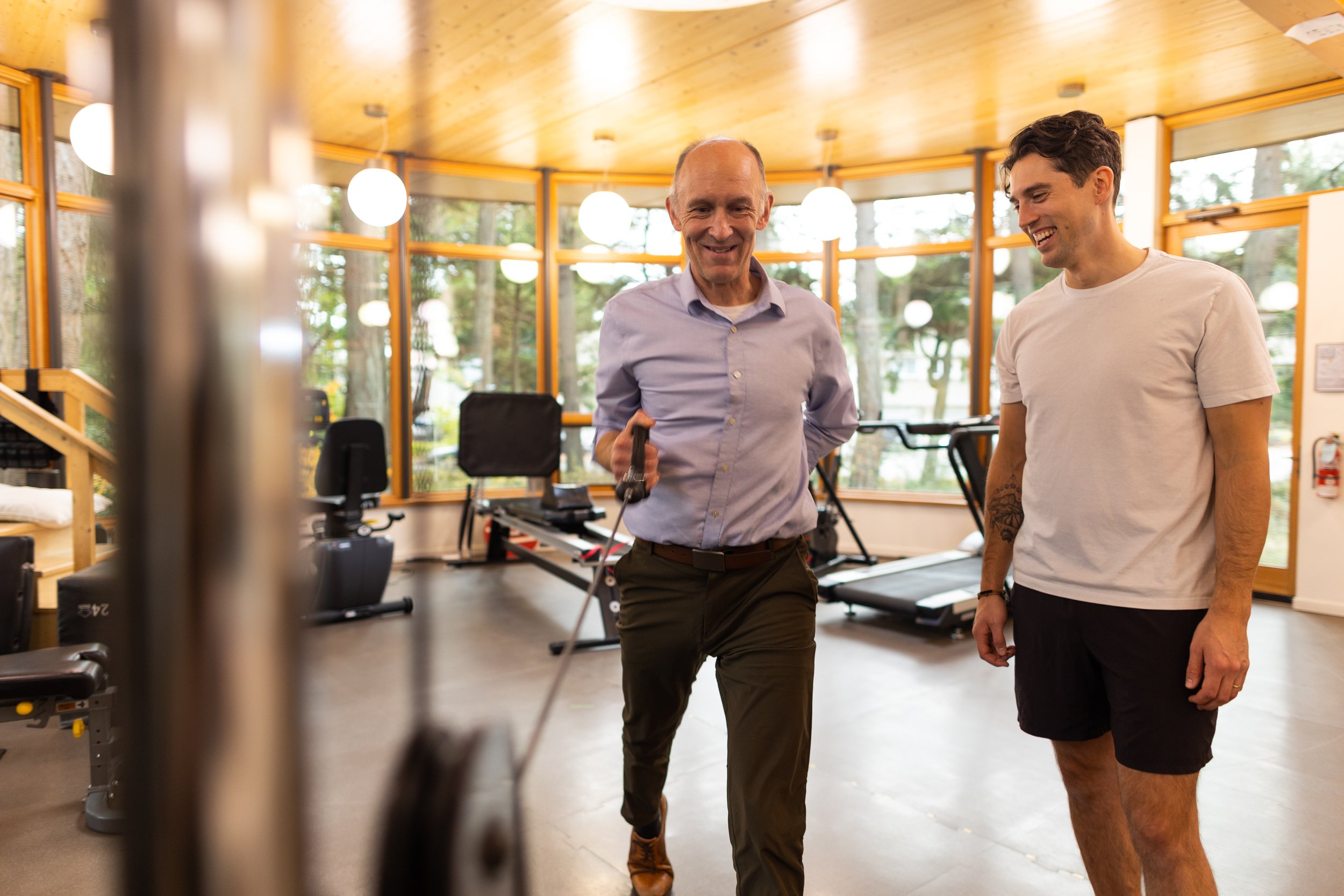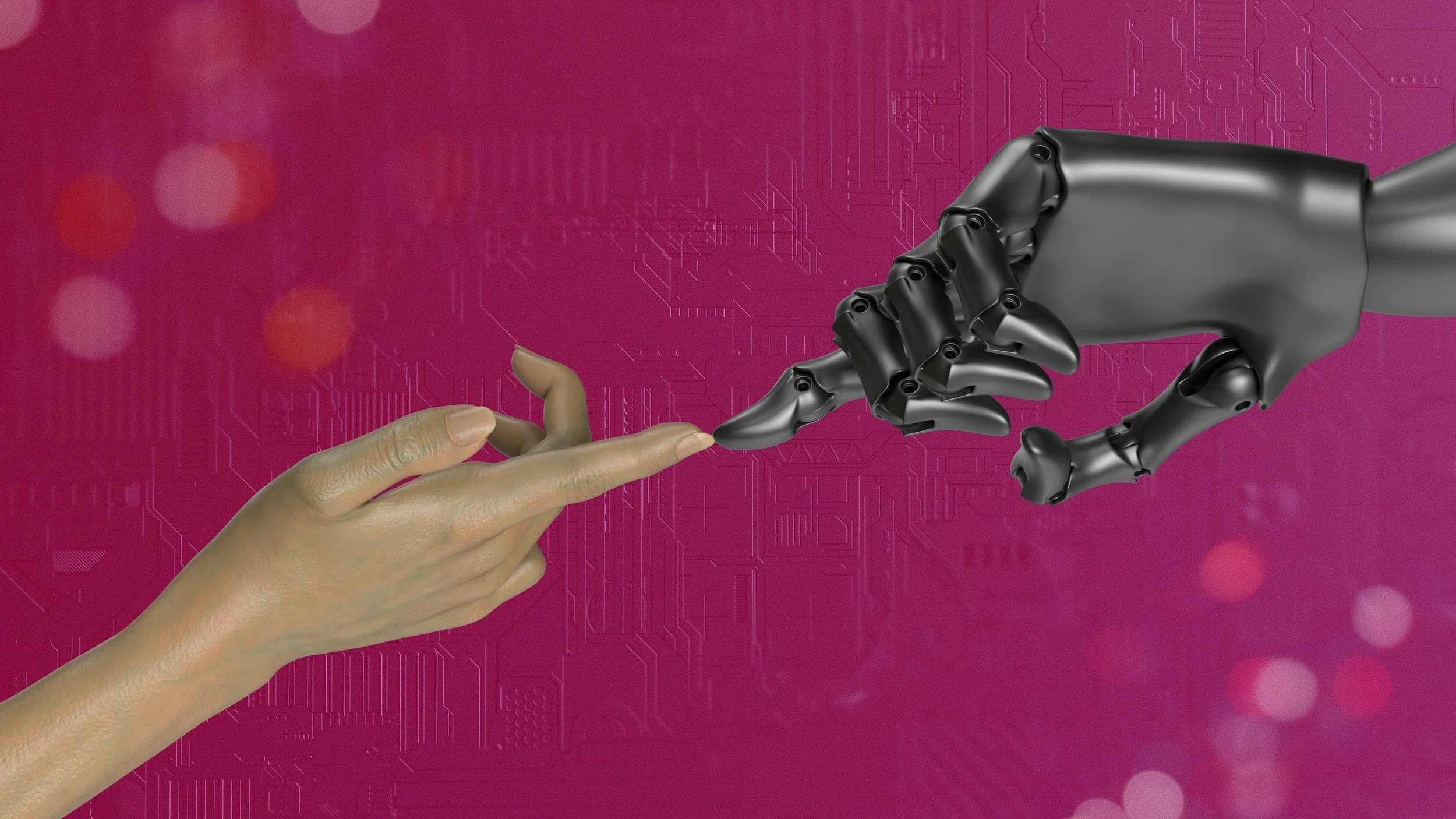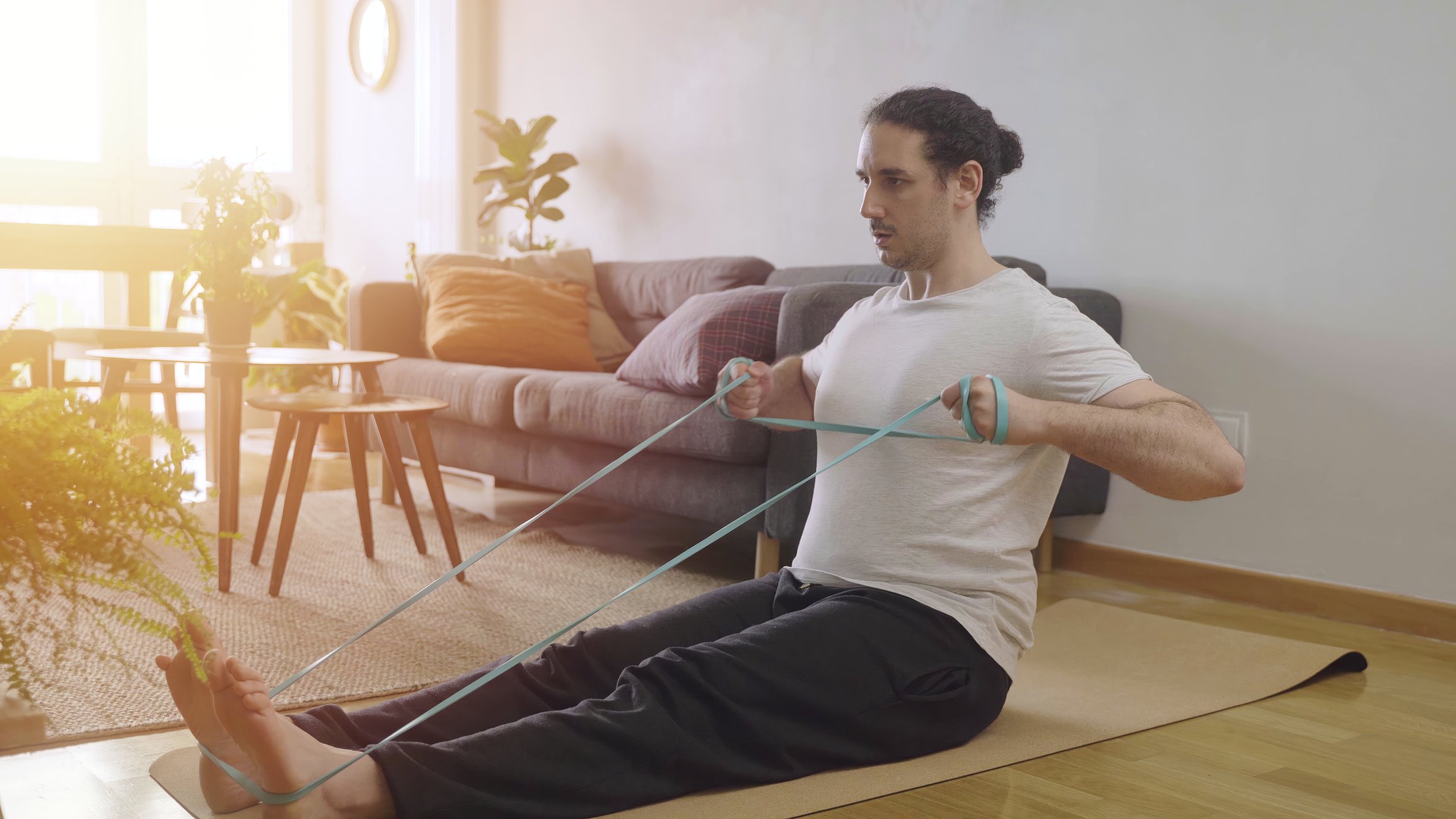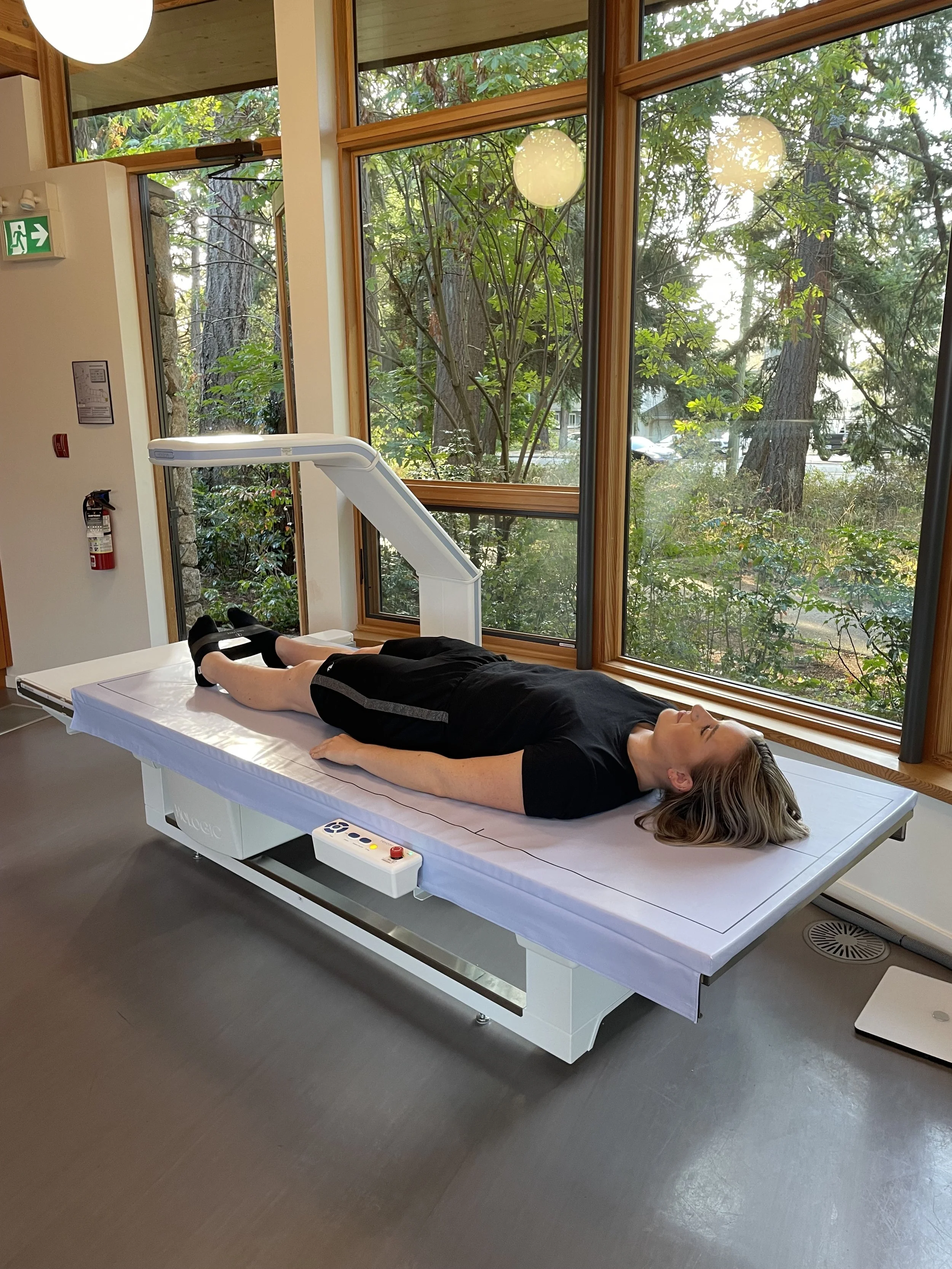Diagnosis: Stenosis
If you’re over the age of 65 and have low-back pain, this one’s for you.
I’m always impressed by how active people can be in their later years and what a positive impact this activity level can have on their health, function, and longevity. As a Physiotherapist, I’m fortunate enough to be given the opportunity to assist these people with maintaining and improving their physical abilities and a common condition that interferes with day to day activities is spinal stenosis.
What is spinal stenosis?
Spinal stenosis is a condition that affects about 10% of all people over the age of 65. Typically, patients with lumbar (low back) spinal stenosis come to me with pain, and numbness or fatigue that radiates down either one or both legs. The symptoms are typically relieved quickly by sitting down or bending forward. Symptoms are believed to be the result of a narrowed spine due to - get this - simply just getting older. Not unlike a wrinkle on our skin, this is just a small sign that our body has been working for a long time.
That said, while you can’t see it, this is an especially unpleasant wrinkle. This narrowing puts pressure on either the spinal nerves which control the legs or the blood supply to these nerves. Standing and bending backwards tends to narrow the space where the nerves and blood vessels are and can bring on those pesky symptoms. Conversely, when we sit, the spinal canal opens up and takes pressure off the nerves, leading to a quick improvement in leg symptoms.
An x-ray can help confirm the diagnosis but isn’t definitive; approximately 20% of all seniors have stenosis on imaging without experiencing any symptoms. Not to mention, it can be a little scary to learn that your spine is “narrowing”. The reality is, while it IS unpleasant (and at times downright painful), it’s also completely common and very treatable.
“Approximately 20% of all seniors have stenosis on imaging without experiencing any symptoms.”
What are your options if you are diagnosed with spinal stenosis?
It used to be that surgery was thought to be the only effective treatment for spinal stenosis, but some of the more recent research suggests that while surgery can be effective for a few years, at eight to ten year follow-ups, they found that patients who underwent surgery were no better than those who receive conservative treatment.
A more recent clinical trial took patients with lumbar spinal stenosis that had been slated for surgery; half the patients proceeded ahead with surgery while the other half received Physiotherapy. At two year follow-up, patients who received Physiotherapy did just as well as the surgical patients. These facts are not meant to dissuade people from pursuing surgery for spinal stenosis but rather to suggest that the first option for a spinal stenosis patient is a thorough course of conservative treatment that includes physiotherapy to reduce pain and increase mobility.
“At two year follow-up, patients who received Physiotherapy did just as well as the surgical patients.”
What should your rehabilitation treatment consist of when you attend Physiotherapy?
There are a number of different interventions that can be used for spinal stenosis, and they should be custom designed based on each individual’s presentation.
Generally speaking, flexion-based exercises can be used as a tool for pain relief as it helps open up the area where nerves and/or blood supply are compressed. People with spinal stenosis tend to have limited mobility in not only the low back, but also the hips, mid back, knees, and even ankles. Improving movement in these areas through manual therapy and exercise can help improve spinal stenosis symptoms.
There is also some good research suggesting that cardiovascular exercise can help decrease spinal stenosis symptoms. Don’t worry, the irony of being in too much pain to exercise, but recommending exercise to decrease pain is not lost on me. But hear me out: the problem is that most older adults use walking as a form of exercise, but walking actually tends to aggravate symptoms of spinal stenosis, so patients often come in in a deconditioned state. If this is the case, water-based exercise and stationary cycling can be good alternatives. Finally, general strengthening and exercise to improve trunk (abs, chest, back) musculature is beneficial for everyone.
If you are suffering from spinal stenosis, Physiotherapy can help and should be a first line intervention.
We can help!



































